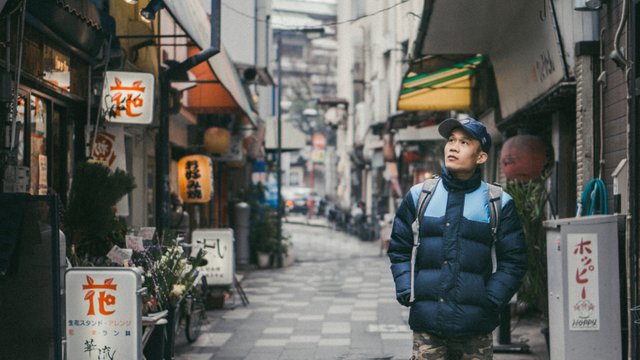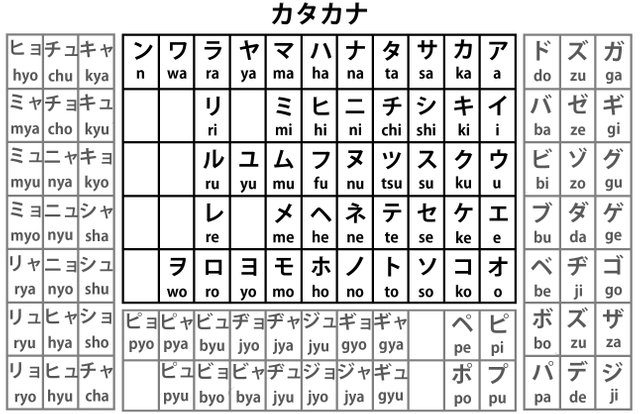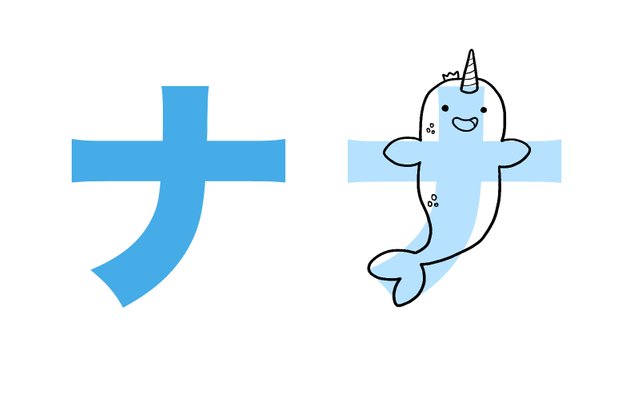Learning Japanese Writing - How To Start

The Roadmap of Japanese Writing Systems
I'm going to assume that you're an English speaking individual (considering you are reading this article in English!) that is interested in learning the Japanese writing system. But where do you start? First off we should get a sense of what we're trying to accomplish here. The Japanese writing system consists of three different sets of characters. The oldest one is called Kanji and consists of over two thousand logographic characters borrowed from Chinese. They have taken on their own meaning when used in Japanese writing, but that meaning is usually related to the original Chinese meaning in some way.
People generally start learning Kanji after they've memorized the other two character sets. These other two sets of characters used in Japanese writing are Hiragana and Katakana. The characters from these two sets each represent a unique syllable. Whereas in English we would generally combine a consonant with a vowel to represent a syllable, in Japanese each syllable has its own character. These two syllabaries are collectively referred to as Kana and they have about 70 characters each.
For the most part in Japanese writing there are no spaces or punctuation. In order to make a document more readable the writer will generally rotate between the three different character sets every time they use a new word or natural word combination. This means that you're eventually going to want to learn all three if you want to be able to read most documents.
Where to Start?

Traditionally an individual would start with Hiragana, the main syllabary for native Japanese words. There's nothing wrong with this approach and you can certainly go ahead and do that. However, I am going to propose learning Katakana first. The reason for this is that Katakana is mainly used to represent words that have been borrowed from other languages. A lot of these words are borrowed from English. One example would be チーズ (pronounced chīzu) which is the Japanese word for Cheese. Most words in Japanese end in a vowel, so generally a borrowed word that ends in a consonant sound will have a vowel added to the end. If you learn Katakana first, you will easily be able to learn several of these words. Just to give a few more examples:
- エンジン (Enjin) - Engine
- ビール (Biiru) - Beer
- コンビニ (Konbini) - Convenience Store
- ハンカチ (Hankachi) - Handkerchief
How To Memorize It

There are several ways to approach memorization of the characters. By far one of the most important techniques would be to employ mnemonics. Rather than memorizing what seems to be an arbitrary set of lines and curves you'll be memorizing an imaginatively elaborated version of each symbol. The above image is a great example. The symbol on the left is the Katakana symbol for the Na syllable. The image to the right shows this same symbol with the image of a narwhal superimposed over it. The word narwhal begins with the syllable na. This is a lot easier to memorize than just the character alone. This is so effective that it's possible you may already have this character memorized. You can create your own mnemonics for each character or you can look up systems created by others.
The other main memorization tool that I highly recommend is called spaced repetition. This is a technique for moving something from your short term memory into your long term memory. The idea is that you remind yourself of something just before you're about to forget it. In practice this just means you repeat the thing you're trying to remember often at first and then less frequently over time. There are mobile apps that can be used to help coordinate this, where you will get flash cards presented to you and if you didn't remember it very well you click one button and will get reminded of it again soon. If you remembered it well, you press the other button and it won't be presented to you as often. Simple but very effective. For a bit more detail on this method, check out the following video that I created on the subject:
More Resources
If you're interested in taking this further, I would recommend Japanese Hiragana & Katakana for Beginners by Timothy G. Stout. This is a book that I own and have personally found very useful. It also includes information on learning Hiragana, so you cover both syllabaries with one book. It also contains a set of mnemonics that you can utilize to help you memorize each syllabary.
Connect with me:
My Steemit Articles: Steemit.com/@jeremycrow
My Website: JeremyCrow.com
Minds: Minds.com/JeremyCrow
Twitter: Twitter.com/JeremyCrow
Patreon: Patreon.com/jeremycrow
YouTube: YouTube.com/JeremyCrow
Instagram: Instagram.com/jeremycrow
BitChute: BitChute.com/JeremyCrow (sign up here)